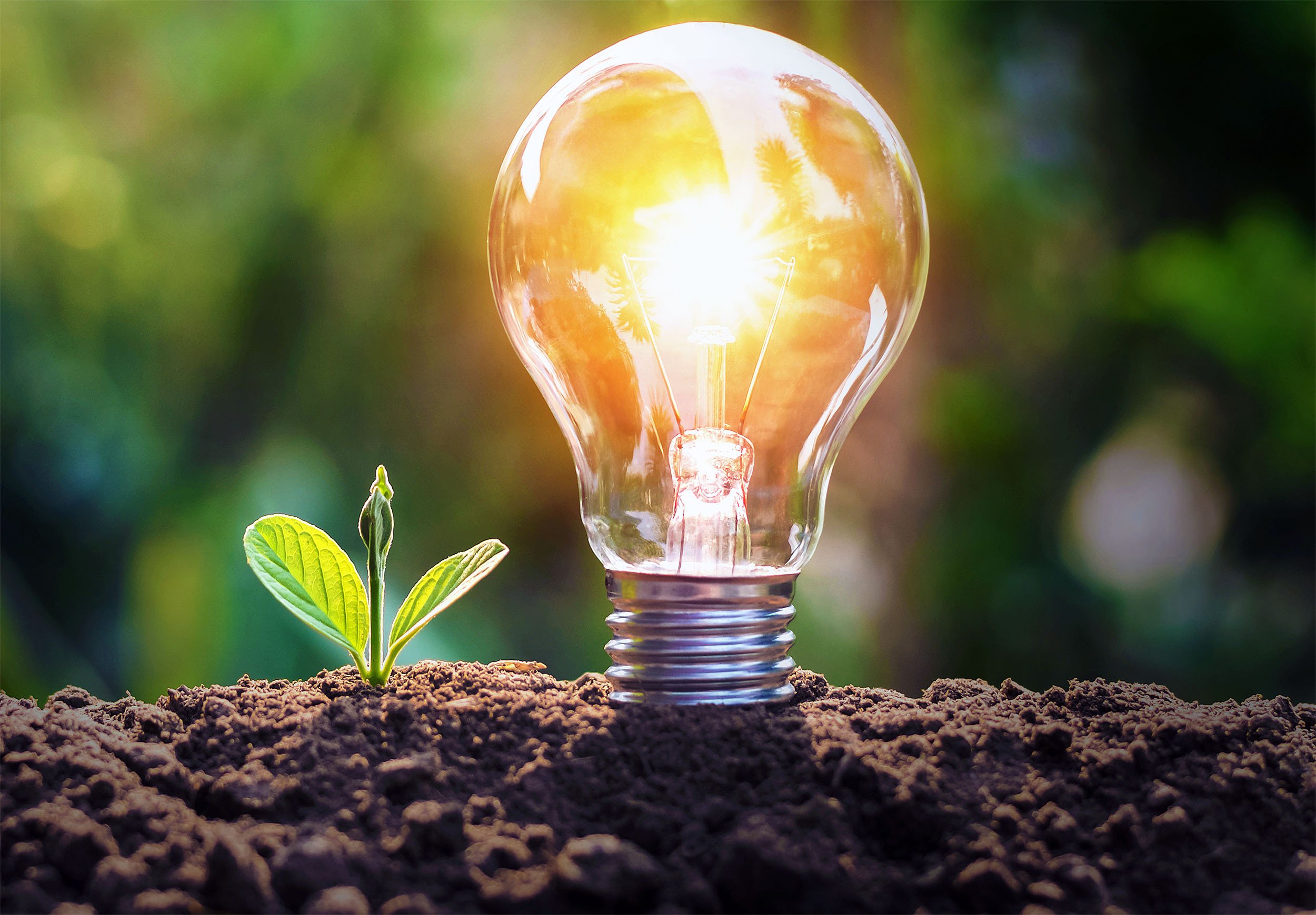Breakthrough: “Electronic soil” boosts crop growth by over 50%::This research introduces an innovative approach to soilless cultivation, or hydroponics, by integrating electronic soil, or eSoil.
Barley seedlings, traditionally not grown in hydroponic systems, exhibited a 50% increase in growth over 15 days when their roots were stimulated electrically using eSoil.
I didn’t know barley is such a masochist plant. I wonder if it’s just barley being weird, or if other plants also like being (lightly) electrocuted.
they arent plants tho.
ಠ_ಠ
What? Mushrooms aren’t plants. They’re fungi. Different kingdom.
I’m a funguy too but you don’t hear me bleating on about it.
I’m feeling a bit fungi about this
People will do anything to avoid composting.
I don’t understand why. It’s a great way to get rid of your victims.
You’re always gonna have problems lifting a body in one piece. Apparently the best thing to do is cut up a corpse into six pieces and pile it all together. And when you got your six pieces, you gotta get rid of them, because it’s no good leaving it in the deep freeze for your mum to discover, now is it? Then I hear the best thing to do is feed them to pigs. You got to starve the pigs for a few days, then the sight of a chopped-up body will look like curry to a pisshead. You gotta shave the heads of your victims, and pull the teeth out for the sake of the piggies’ digestion. You could do this afterwards, of course, but you don’t want to go sievin’ through pig shit, now do you? They will go through bone like butter. You need at least sixteen pigs to finish the job in one sitting, so be wary of any man who keeps a pig farm. They will go through a body that weighs 200 pounds in about eight minutes. That means that a single pig can consume two pounds of uncooked flesh every minute. Hence the expression, “as greedy as a pig”.
Well, thank you for that. That’s a great weight off me mind. Now, if you wouldn’t mind telling me who the hell you are, apart from someone who feeds people to pigs of course?
I might try that next time.
(it’s from a movie)
Removed by mod
The browns gas thing (usually “using water as fuel” by splitting it… Using power from the engine) actually has insanely specific be credible use case.
It turns out that in very specific engine types, you can gain additional engine efficiency that’s worth the energy it took to generate the gas. The us army did a whole proper study. That net gain was, however, only present in vehicles not maintained on the usual schedule. So it did infact help some engine types that were not well maintained.
I know this because I did a dive years back. Effeciency be damned, building a reserve of browns gas that I could dump in when I wanted for a power boost sounded fun as hell to me. You wouldn’t gain any effeciency (probably loose a ton) but you would have more power when you were mixing in the reserve you’d built up. I wound up not doing it because 1) the vehicle I had in mind was carb not fuel injection so no power gains there. And 2) dealing with generating, pressurizing, storing and delivering a gas isnt a ton of fun in a “for the lolz” project.
It’s hard to say without reading the actual paper, but summaries (from other sites, the earth.com site is terribly lacking) describe their approach as an alternative substrate for hydroponic cultivation, which would be both easier/more eco-friendly to produce, and allow conductivity. In any case it is far from “sticking a metal stick around”.
So I’m trying to find an academic article, but it’s not just the substrate. They blew right past it in the article but there is electric potential applied, and the substrate is slightly conductive which is what allows it. They seem to imply that leads to better root growth but like I said the article barley mentioned the actual e of the e soil lol.
But bioelectrochemistry is a thing. I work on the other end, where microbes are depositing electrons, but I am aware of different technologies where the bugs use a potential as an energy source for specific reactions, usually around remidiating some nasty stuff in the ground.
Im less aware of it affecting a plant directly (I’d assume it changed the soil bugs or something) but it’s not hard to picture. Good be something as simple as the potential changing the osmotic pressure and making it easier for the plants to take up nutrients or something.
But yeah, pretty far from a rod in the ground, although in some cases that is basically all you’d need. The bioelectrochemistry field always had junk science to contend with.
This reads like a news story at the beginning of a disaster movie.
Removed by mod
This makes me miss a bar I used to go to, and was the favored watering hole for most of the staff at a previous job.
It had had several owners, and it’s name changed on official paperwork every time. Locals still called it Big Tree.
Why?
It was built around a big tree that went out of the roof lol.
It was bought and demolished, the tree removed.
Nothing has been done with the lot since, and it’s been a couple years.
Damn shame.
Humanity could already be well fed without stuff like genetic manipulation and eSoil. We have all the agricultural methods to produce enough food for everyone. Fair distribution is the actual challenge, not production.
This is really only a useful technology for hydroponics, which is really only a useful technology in places that are short on arible land, but the realities of globalization means good luck beating the costs of importing from places that have more arible land than you.
Still neat, I would have liked to have seen an explanation for the change
Hydroponic/aeroponic is way more efficient than growing in dirt. You can stack it as high as you want and grow way more per acre. On top of that you have the reduced amount of fertilizer and water and the increase in growth rate.
There is a reason why the best weed is grown via hydroponic/aeroponic.
It depends on what you mean by efficient. Cost efficiency wise, normal land farming beats out hydroponics by a mile. And really, cost efficiency is one of the top things to consider when it comes to farming on a massive scale.
This is so false it’s not even funny. Hydro is way more efficient and aero even more so.
With farming indoors you can control the day/night cycle which not only increases the growth rate it also let’s you manipulate fruiting and flowering.
Hydro and aero use a fraction of the water dirt farming does. More water is being taken up by the plants and none of it is being lost to the environment. On top of that evaporation is controlled so less is lost that way.
As mentioned above the growth rate is increased not only by the light cycle but also by being able to more strictly control and fine tune the amount of fertilizer and you use way less of it. Just like the water, fertilizer isn’t lost to the environment.
Seems like some of you need to learn more about this stuff. There is a growing number of vertical farms popping up all over the world. Hopefully one day soon we will be buying lettuce, carrots, etc that were grown if not in the same building but on the same block.
If that was the case, why isn’t every industrial farm doing it?
In part because traditional farms scale better than aeroponics or hydroponics. In part because farms don’t pay for the environmental damage they cause. Because of these two points, there is little incentive to industrialize aeroponics or hydroponics.
What is true right now is that traditional farms use more water, fertilizer, and space, cause more environmental damage, but require less labor. And the labor problem can be mitigated with robotics, if we’re willing to invest in that.








